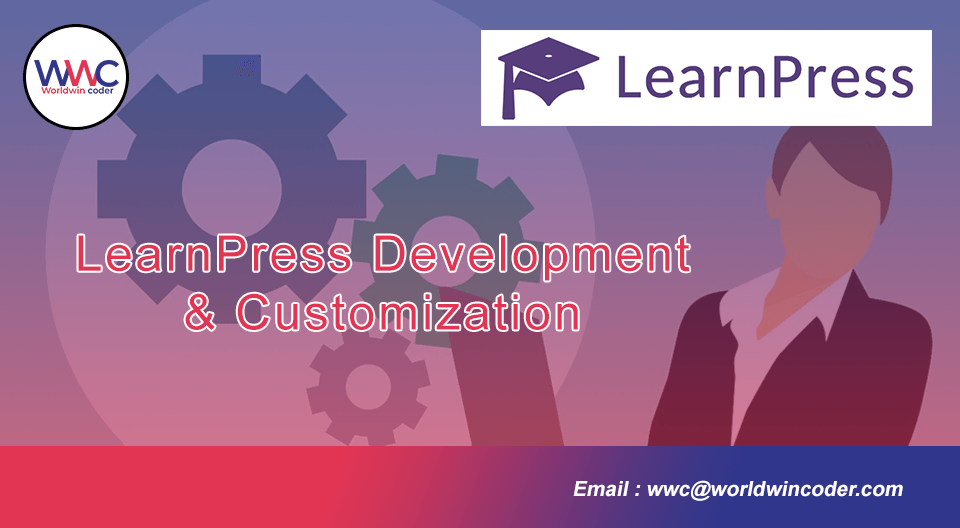In the fast-paced digital era, the eLearning industry has emerged as a transformative force, revolutionizing the way we acquire knowledge and skills. As technology continues to advance, so does the landscape of online education. In this article, we will explore the evolution of the eLearning industry, uncovering key trends, challenges, and the promising future that lies ahead.
The Rise of eLearning:
The eLearning industry has witnessed a meteoric rise, fueled by the need for accessible and flexible education. The convenience of learning from anywhere at any time, coupled with interactive multimedia content, has made eLearning an attractive option for students and professionals alike. The widespread adoption of Learning Management Systems (LMS) has played a pivotal role in facilitating the delivery of online courses.
Technological Innovations:
Advancements in technology have significantly shaped the eLearning landscape. From the early days of basic online courses to the integration of virtual reality (VR) and augmented reality (AR), the industry has continuously evolved. Adaptive learning algorithms, artificial intelligence, and machine learning have personalized the learning experience, catering to individual needs and preferences.
Mobile Learning:
With the proliferation of smartphones and tablets, mobile learning has become a game-changer in the eLearning industry. Learning materials are now accessible on-the-go, breaking down traditional barriers to education. Mobile apps, responsive design, and microlearning modules have made it easier for learners to engage with content in bite-sized, digestible formats.
Challenges and Opportunities:
Despite its growth, the eLearning industry faces challenges such as ensuring inclusivity, addressing the digital divide, and maintaining high-quality content. However, these challenges also present opportunities for innovation. Collaborations between educators, tech developers, and policymakers can pave the way for solutions that bridge gaps and enhance the overall eLearning experience.
Future Trends:
Looking ahead, the eLearning industry is poised for further advancements. The integration of artificial intelligence for personalized learning paths, the expansion of gamification elements, and the incorporation of immersive technologies are among the trends shaping the future. Additionally, the rise of alternative credentials, such as micro-credentials and digital badges, is gaining traction as learners seek more flexible and modular educational pathways.
Conclusion:
The eLearning industry’s journey from its inception to its current state reflects a commitment to innovation and adaptability. As technology continues to evolve, so too will the methods of knowledge dissemination. The eLearning industry stands as a testament to the transformative power of education in the digital age, empowering learners worldwide to navigate the waves of innovation and embrace a future of limitless possibilities.

